Is there really a need for mesh wireless networks?
With all the wireless topologies currently in place, is there really a need for mesh wireless networks, or are the ones currently in place sufficient for the future needs of the human population?
For starters, staying idle isn’t realistic in the long run, as history has taught us. Once we discovered a better, faster way to do things, all we want to do is move forward, not back. Man is a competing species, it’s in line with human nature. Therefore, it’s realistic to say that the population needs for wireless networks will shift in the future.
Adopting a new Technology vs Keeping a current one
Everything evolves at its own pace. If a new technology is developed but society is not quite ready for it, onto the backburner it goes. Today’s mindshare is focused on a single gateway, WIFI networks and no data repeating. A simple technology that’s easy to understand and simple to implement. Hence why it’s so widespread. The current technology has been in place for a long time, and will continue to be a part of wireless technology in the future.
Before adopting a new technology, there is always some friction, which is normal. Why change something that has been working for something different? Are there really any real advantages to change the way things have always been done?
Before adopting the switch, some questions that many people wonder is the following:
Why is a mesh network better?
What mesh offers is essentially finding a way to bypass the old methodology, which is essentially uses a star network and cell towers where direct line of sight with the access point is required. [insert article link about different topologies here] After much research and overcoming hurdles, mesh can leverage its true potential. At some point, there may be a shift from the old technology to a new one, it will all depend on the ever- evolving needs of the population. The best thing to do is research every option available in order to make an informed decision on which system works best for you. As we have seen in the last two decades, technology is moving quickly, so it’s best to not get too comfortable.

Star network

Stars of stars
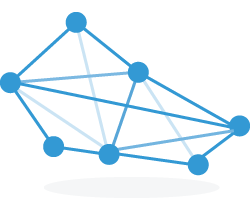
Mesh network
The disadvantages of star (or point-to-point) networks
A star topology has one central point that collects data from nodes that are directly connected to it. The pitfall of this kind of networking structure can be understood easily with what we call the “Inverse-square law”, which states that:
The power of anything emitted goes to the inverse of the square of the distance.
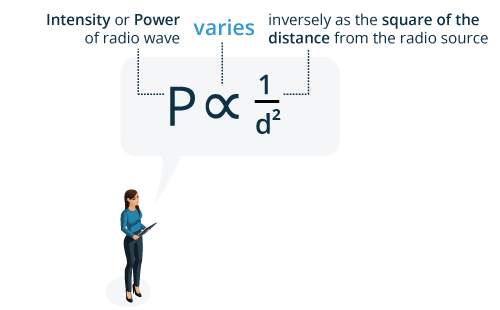
This includes radio waves of course, which are basically photons emitted from a transceiver. In other words, radio waves act just like the ripples after you throw a stone in the water. The rings travel outward and fade out as they move away from where the stone initially made impact with the water.
This means that if you want to double the distance (we’re talking about radio waves increasing range by a factor of 2), then you have to increase the emitted power by a factor of 4 in order to maintain the same link quality.
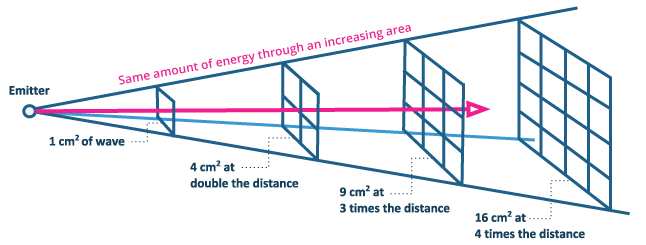
Of course, it’s always possible to reduce some of this increase of power by using a cluster of ultra-directional antennas pointing in every direction. However, this will inevitably come with an added cost.
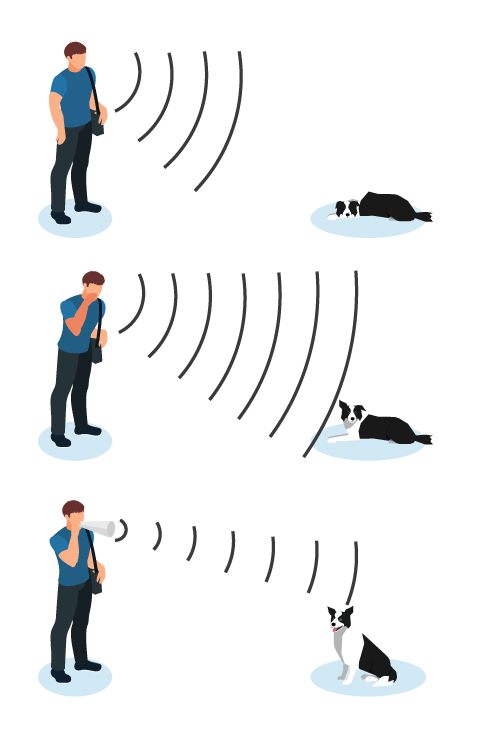
Mesh on the other hand, doesn’t need to increase power. Instead, this type of network has nodes repeating data that can be moved closer together. Since all of the connected devices are repeating, the actual power required of the system for the same distance and reach its final destination is going to be a lot lower than star networks.
In other words, mesh makes a lot of sense because it manages to bypass the Inverse-square law!
However, this is only true if we could somehow achieve an ideal mesh, that is, without packet collisions*.
The Advantages of Mesh Technology
So what are the advantages of a mesh topology?
How does mesh compare to traditional networks? What are some disadvantages of a mesh topology? As we saw earlier, a star topology has one single access point. A few issues that can arise are: the costs to set it up and its geographical limitations. Every node needs to have a direct line of sight with the tower. Obstacles such as walls and buildings will block the signal from its main line of sight. This is why it’s so important to plan ahead with this kind of network and it also causes difficulty when you want to scale up.
On the other hand, Mesh wireless technology is:
Scalable
Self-configuring
Self-healing
Cost-effective
It overcomes previous limitations such as:
Range
RF blocking
Multipath fading
It can do so because mesh has no strict hierarchy. It’s also a lot more affordable to set up, since there is no infrastructure cost. Mesh technology offers a powerful platform to keep up with the Internet of Things.
Finding the right fit
It’s safe to say that mesh technology is finally ready to be widely adopted. Moving forward, there are several options to choose from in the wireless technology industry. The trick is to choose the right solution that solves a certain problem or goal. In many cases, such as LPWAN* applications, mesh will offer the same features as standard technologies, but with added reliability and flexibility, no matter the scale. All this without the expensive infrastructure cost.
It’s time to accept that technology will constantly be shifting and changing throughout time. An example that has experienced a major boom is green technology and solar panels. However, these ideas took several decades to fully adopt. It was only when the population fully understood its importance that it was then ingrained into our everyday life and made such an impact. The green movement now intersects with politics, business practices, art, the media, education and health. Perhaps this is what lies ahead for mesh technology too?
An important idea to take away is this: Will the technology of today still fulfill its purpose tomorrow?
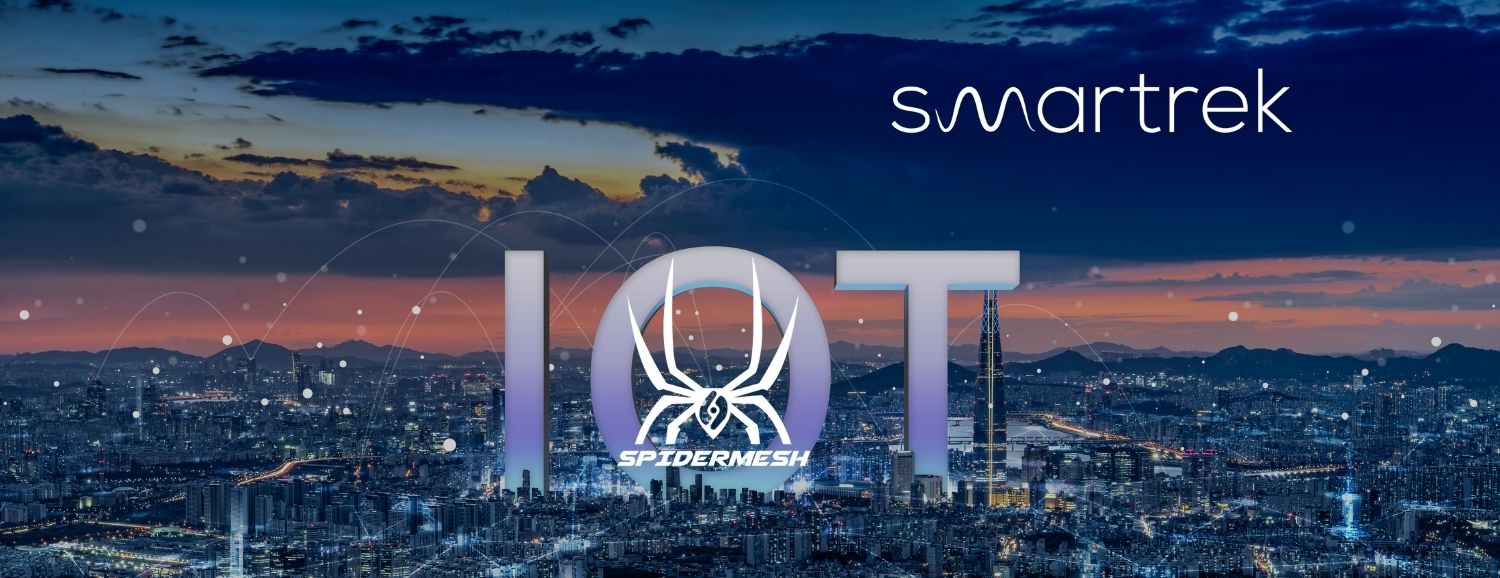



Leave A Comment